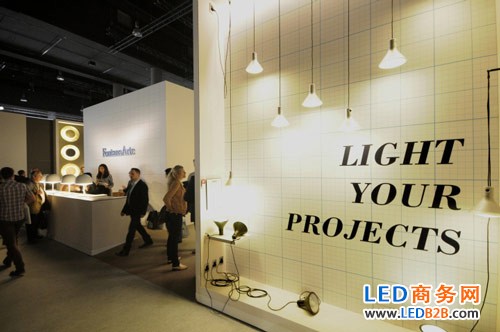Compared with lighting materials such as incandescent lamps and halogen lamps, white LEDs have the advantages of long life, high energy efficiency, environmental protection and easy maintenance, but the disadvantage is that the price is high, which is mainly due to the relatively complicated production process. There are usually two methods for the production of white LEDs: one is to apply phosphorous or rare earth inorganic materials on the surface of the blue led . The white LED produced by this method has long service life and good brightness, but the process is complicated and the cost is high; One is to use an organic LED to embed a plurality of organic semiconductor layers like sandwiches between the two electrodes. This process is relatively simple, but the brightness and life of the product are poor. An ideal approach is to combine these two processes, and researchers at the University of Nuremberg-Erlangen are based on this idea. Dr. Costa, of the University's Department of Advanced Materials Engineering, collaborated with Professor Sonnewald, professor of synthetic biology, to invent a simple and inexpensive production process. They applied fluorescent protein to a rubber material and then embedded it in the LED. Costa said that fluorescent protein is both environmentally friendly and cheap, and easy to color, color or white can be controlled. The only drawback is that the fluorescent protein is stable only in buffered aqueous solutions and therefore cannot be used in conventional coating processes. In addition, researchers must also address the stability of fluorescent proteins in high temperature, humidity and other environments. To this end, researchers have developed a new coating technology. They applied the fluorescent protein to a gel-like material consisting of an aqueous protein solution and a blend of polymers that act to attach the aqueous protein solution to the mesh gel and maintain it. The necessary humidity. They converted the gel into a rubber material by vacuum drying and then applied it to a multi-layer coating of white LEDs. Costa said that they have successfully produced white LEDs with long life, high energy efficiency, environmental protection and low cost. He said that this production process is expected to be applied to the industrial production of the next generation of LEDs. Hybrid Stepper Motor,Stepper Motor,Standard Hybrid Stepping Motor,Linear Hybrid Stepping Motor Changzhou Sherry International Trading Co., Ltd. , https://www.sherry-motor.com
LED Business Network led to focus on e-commerce platform to promote led enterprises to the Internet, the official website URL: http://
Germany develops new LED production process, cheap and environmentally friendly, can extend life
According to reports, the use of LEDs is more and more extensive, but the current two methods of producing white led are not too costly, or the product has a short service life, which limits the development of the industry. Recently, researchers at the University of Nuremberg-Erlangen, Germany, have developed a new production process using fluorescent protein materials, making the production of white LEDs simple, cheap, safe and environmentally friendly, while also extending the service life of the products. .